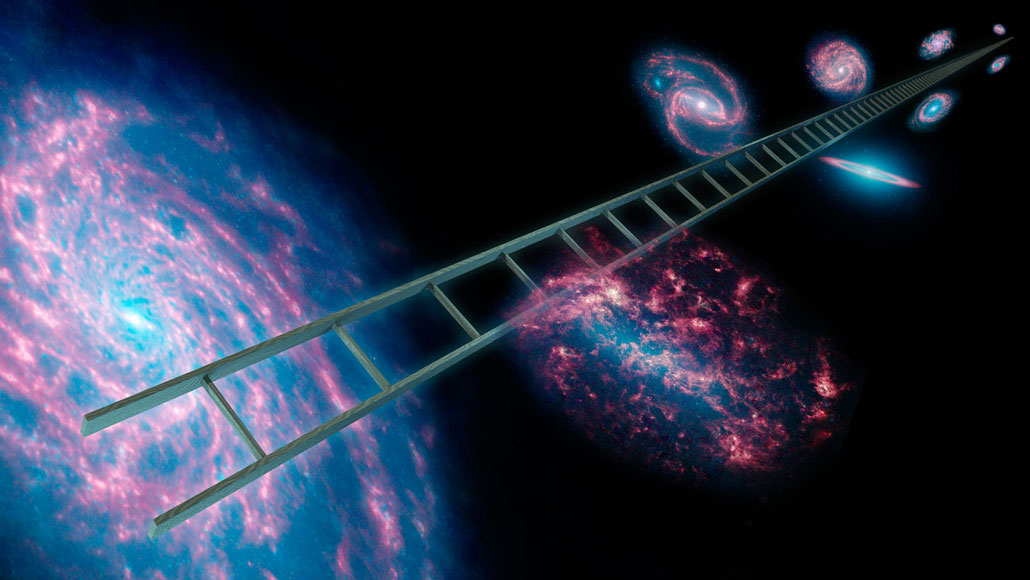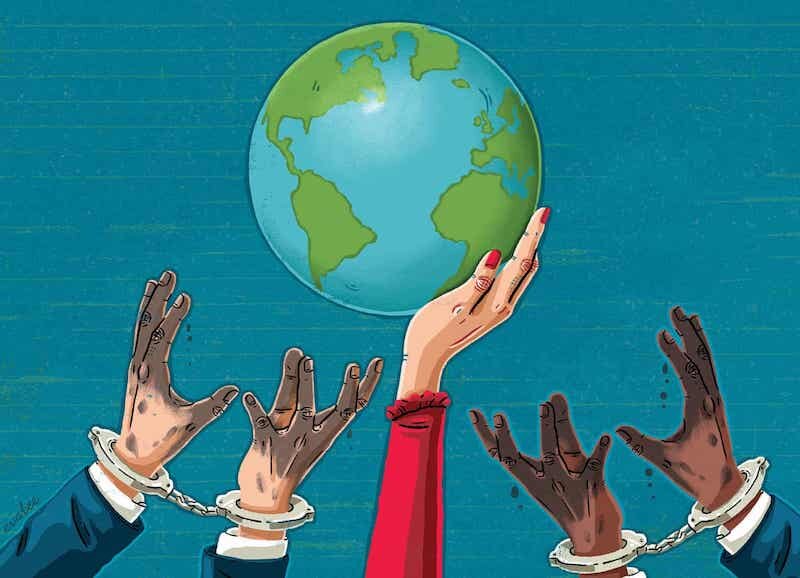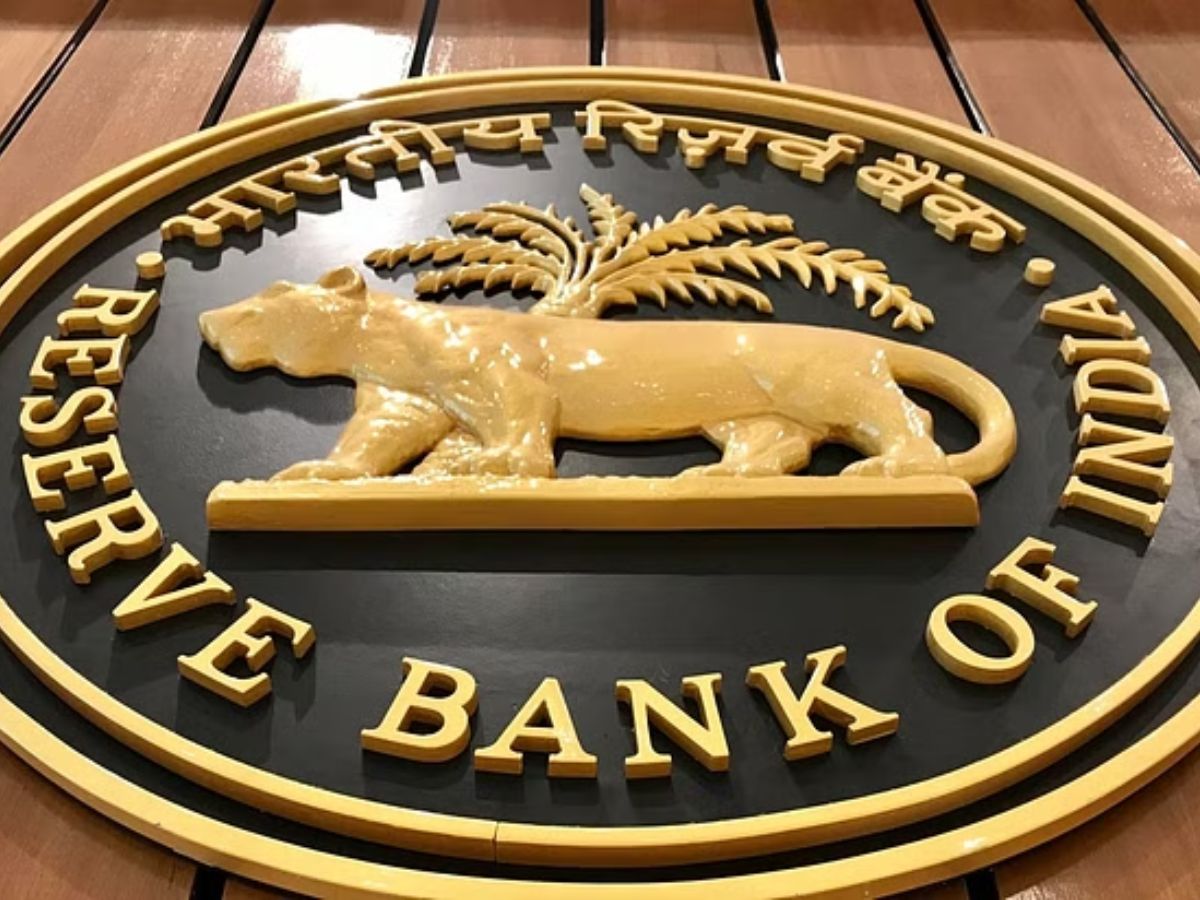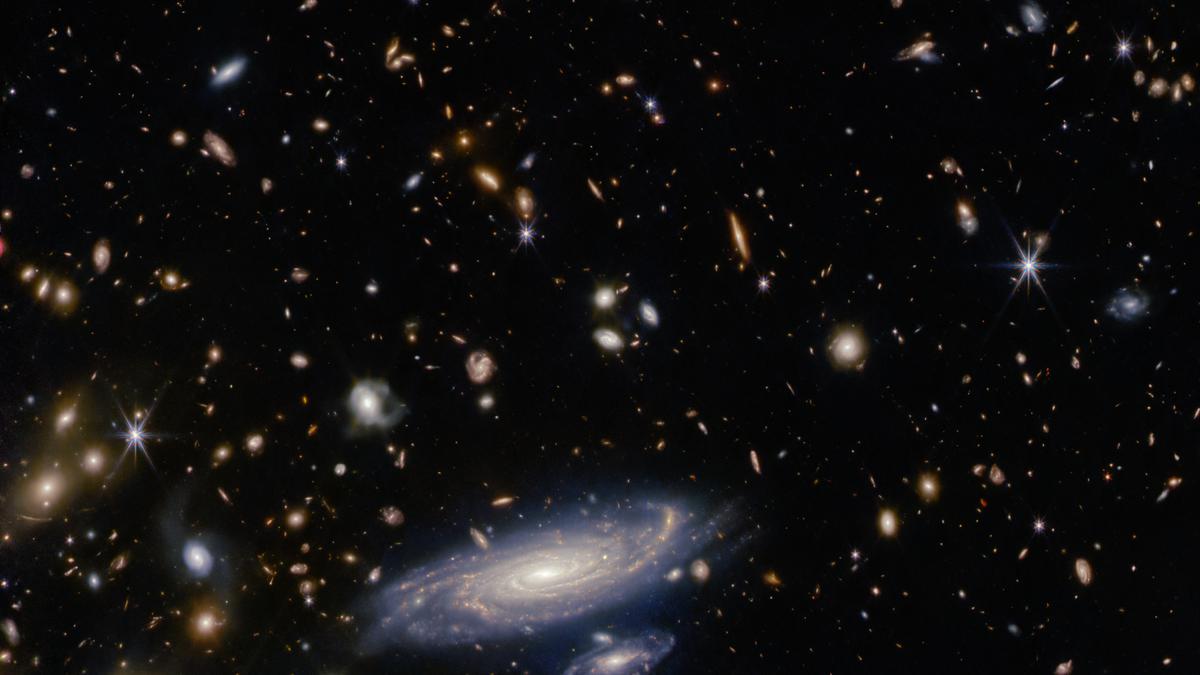- The Prime Minister left for Indonesia to attend the Jakarta events of the 18th East Asia Summit (EAS) and the 20th ASEAN-India summit.
- He will meet with the leaders of the 10 ASEAN nations during his tour, as well as those from Australia, China, India, Japan, New Zealand, South Korea, Russia, and the United States. He will also attend the EAS.
Relationship Development Between India and ASEAN in the
- 1950s and Early 1960s: India was a major ally in Southeast Asian nations’ efforts to renounce colonialism during this time.
- 1960s–1980s: Because of internal problems, India kept a distance from the area and saw ASEAN as a legacy of the Cold War.
- During the 1990s and into the 2010s, India implemented the “Look East Policy,” which resulted in a complete dialogue partnership with ASEAN in 1995 and its admission as a full member of the ASEAN Regional Forum (ARF) in 1996.
- 2010s to the Present: The “Act East Policy” increased India and ASEAN cooperation, which led to their promotion to a Strategic Partnership in 2012 and a Comprehensive Strategic Partnership in 2022.
Key Areas of Cooperation
- Trade Relations: The India-ASEAN Free Trade Agreement (AIFTA) and significant trade volumes have improved economic connections; during the period April 2021–February 2022, commodities trade reached $98.39 billion.
- Business & Investment: Between 2000 and 2021, FDIs from ASEAN to India totaled $117.88 billion, making it a significant source of FDI for India. The ASEAN India-Business Council (AIBC) encourages cooperation between ASEAN and Indian business sector participants.
- Socio-Cultural Cooperation: Through efforts like student exchange programmes, cultural affinities between ASEAN and India promote intercultural dialogue.
- Projects between ASEAN and India: Cooperation in agriculture, science and technology, the environment, renewable energy, and defence fosters progress on both sides. Projects for cooperative collaborative R&D research are supported with a $1 million contribution from the ASEAN-India S&T Development Fund (AISTDF).
- Strategic Collaboration: Discussions on security problems are facilitated by forums like the ADMM-Plus and the ASEAN Post Ministerial Conference (ASEAN PMC).
- Defence Cooperation: To boost regional security, India is expanding its arms sales and defence ties with ASEAN nations. One such example is the Philippines’ recent acceptance of a USD 374 million purchase of the BrahMos shore-based anti-ship missile system for January 2022.
- Cooperation in technology: ISRO’s partnership aids ASEAN nations in space research and technology.
- Regional connection is improved by initiatives like the Kaladan Multimodal Project and the India-Myanmar-Thailand Trilateral Highway.
Why Does ASEAN Need India?
- Significant Trade and Commercial Relations: ASEAN is an important source of foreign investment and a major destination for India’s service industries.
- North East India’s development is made possible by ASEAN, which offers an alternative route for India to enter the region, advancing both development and strategic objectives.
- Strengthening connections with ASEAN nations aids India in fending off Chinese expansion in the Indo-Pacific area.
- Maritime Freedom: Working with ASEAN helps to maintain a free, peaceful, and rule-based Indo-Pacific area.
- Taking on Politico-Security Challenges: Collaboration in combating security challenges like terrorism, climate change, and refugee crises is advantageous for both parties.
- Assistance for Indian efforts: India’s success in regional policies and efforts depends on ASEAN’s assistance.
- India benefits from ASEAN’s industrial and agricultural output, and ASEAN depends on India’s demographic dividend.
- Global Reforms: India’s goal of enacting reforms through international fora is consistent with ASEAN’s influence on the world stage.
- Diaspora: The sizeable Indian diaspora in Southeast Asia promotes interpersonal and cultural linkages.
- India’s international position is raised thanks to its partnership with ASEAN.
Obstacles to Greater Cooperation
- Large Trade Deficit: The trade deficit increased from about $5 billion in FY11 to USD 21.8 billion in FY19, reflecting both trade imbalance and problems with the Free Trade Agreement (FTA).
- China’s balance: The extent of ASEAN countries’ collaboration with India is impacted by ASEAN’s relations with China and worries about military prowess.
- Connectivity project delays: The slow progress of connectivity initiatives is a hindrance.
- Problems in ASEAN: Strengthening cooperation is hampered by diverse political ideologies and human rights concerns.
Source: https://mea.gov.in/press-releases.htm?dtl/37070/Prime+Ministers+participation+in+the+20th+ASEANIndia+Summit+and+the+18th+East+Asia+Summit#:~:text=Prime%20Minister%20attended%20the%2020th,and%20charting%20its%20future%20course.








